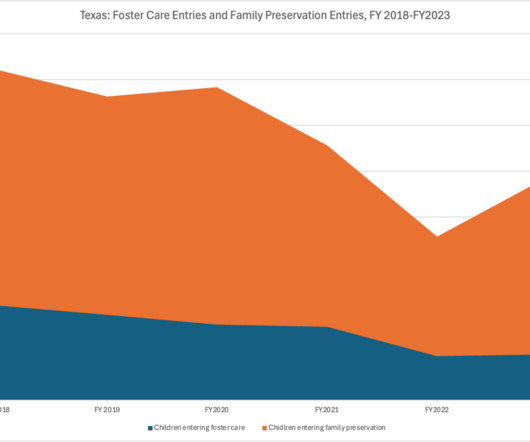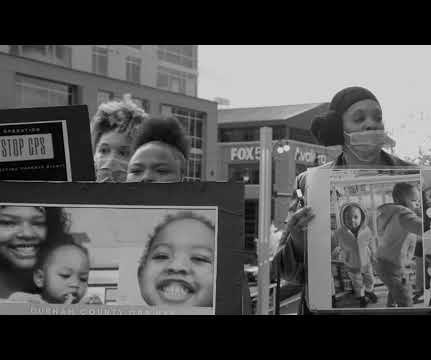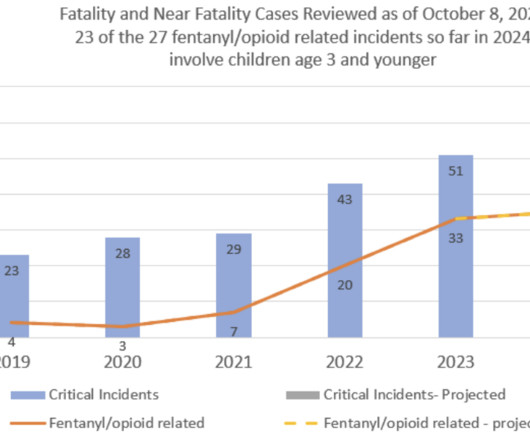As foster care removals plummet, where’s the promised help for families?
Child Welfare Monitor
JULY 8, 2024
Year after year, states and the federal government continue to release annual data showing a decline in the number of children in foster care, congratulating themselves on keeping families together. percent over the previous year 15.6 percent since 2018. “We

















Let's personalize your content